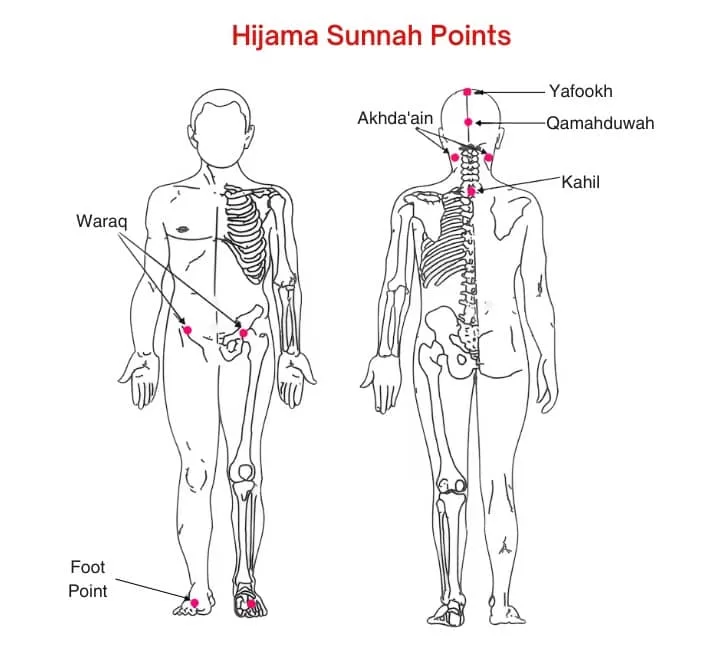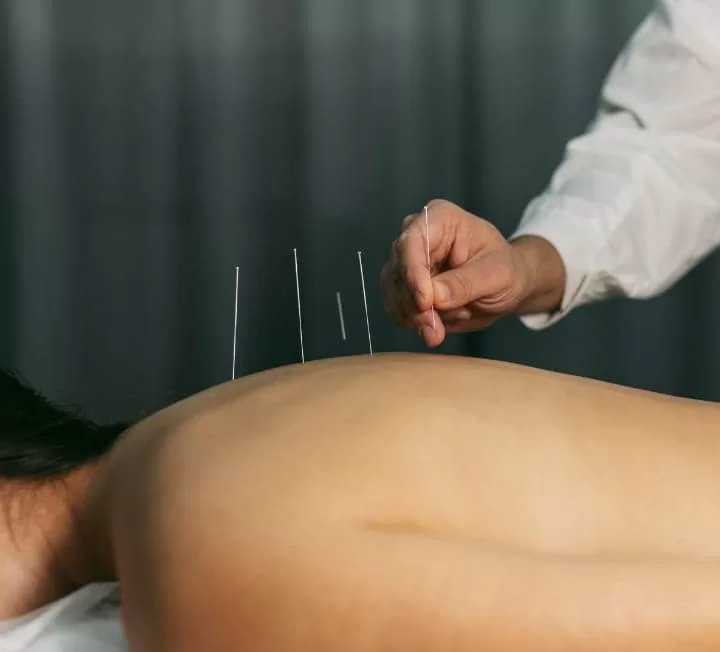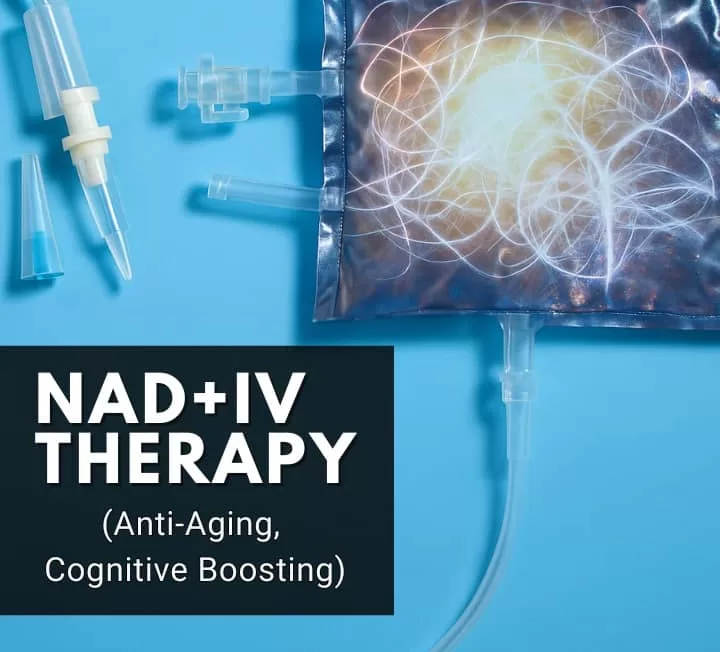Hijama, also known as cupping therapy, is a traditional Islamic practice rooted in the Sunnah of the Prophet Muhammad (peace be upon him). It involves placing cups on specific points of the body to create suction, promoting healing and detoxification. This blog post explores the Sunnah points for Hijama, its benefits, and its significance in Islamic tradition.
What is Hijama?
Hijama is a form of wet cupping where small incisions are made on the skin after suction to draw out stagnant blood, toxins, and impurities. It is a holistic treatment believed to balance the body’s energies, improve blood flow, and alleviate various ailments. The practice is deeply tied to the teachings of the Prophet Muhammad (peace be upon him), who recommended it for maintaining health and treating illnesses.
The Significance of Hijama in the Sunnah
The Prophet Muhammad (peace be upon him) emphasized the healing benefits of Hijama in several authentic Hadiths. For instance, he said:
“Indeed, the best of remedies you have is Hijama (cupping).” (Sahih al-Bukhari)
Another Hadith states:
“If there is any good in your treatments, it is in Hijama.” (Sunan Abu Dawood)
These narrations highlight Hijama as a Sunnah practice, recommended not only for curing ailments but also as a preventive measure to maintain good health. The Prophet (peace be upon him) also specified particular points on the body and times for performing Hijama to maximize its benefits.
Sunnah Points for Hijama
The Sunnah points for Hijama are specific areas on the body where the Prophet Muhammad (peace be upon him) or his companions performed or recommended cupping. These points are believed to target key areas for optimal therapeutic effects. Below are the primary Sunnah points:
- Al-Kahil (Back of the Neck)
- Located between the shoulders, at the upper part of the back (near the base of the neck).
- Benefits: Relieves headaches, neck pain, and tension in the upper back. It is one of the most frequently mentioned points in Hadith.
- Al-Akhda’ain (The Two Sides of the Neck)
- Positioned on either side of the neck, below the ears.
- Benefits: Helps with headaches, facial pain, thyroid issues, and ear-related problems.
- Top of the Head (Crown)
- The center of the head, often referred to as the “crown” or “fontanel” area.
- Benefits: Treats migraines, mental stress, and neurological issues. The Prophet (peace be upon him) is reported to have had Hijama performed on his head for migraines.
- Shoulders and Upper Back
- Points around the shoulder blades and upper back.
- Benefits: Eases shoulder stiffness, respiratory issues, and general body fatigue.
- Lower Back
- Near the lower spine or above the hips.
- Benefits: Addresses lower back pain, kidney issues, and sciatica.
- Legs and Feet
- Specific points on the calves or feet, though less commonly mentioned in Sunnah.
- Benefits: Improves circulation, reduces swelling, and relieves leg pain.
Recommended Times for Hijama
The Prophet Muhammad (peace be upon him) advised performing Hijama on specific days for maximum benefit. According to Hadith:
“Whoever performs Hijama on the 17th, 19th, or 21st of the lunar month, it will be a cure for every disease.” (Sunan Abu Dawood)
These days correspond to the Islamic lunar calendar, particularly during the odd-numbered days of the second half of the month. Additionally, it is recommended to perform Hijama on an empty stomach, preferably in the morning, for better results.
Benefits of Hijama
Hijama offers numerous physical, mental, and spiritual benefits, including:
- Detoxification: Removes stagnant blood and toxins from the body.
- Pain Relief: Alleviates chronic pain, such as back pain, migraines, and joint issues.
- Improved Circulation: Enhances blood flow, promoting overall health.
- Stress Reduction: Relaxes the body and mind, reducing anxiety and tension.
- Boosted Immunity: Strengthens the body’s natural defenses.
- Spiritual Benefits: Following the Sunnah brings spiritual rewards and a sense of connection to the Prophet’s teachings.
Precautions and Guidelines
While Hijama is generally safe when performed by trained professionals, certain precautions should be taken:
- Ensure the practitioner is certified and uses sterile equipment to avoid infections.
- Avoid Hijama if you have severe anemia, bleeding disorders, or are pregnant (consult a doctor).
- Stay hydrated and rest after the procedure to aid recovery.
- Follow Islamic guidelines, such as performing Hijama on recommended days and making dua (supplication) for healing.
Conclusion
Hijama is a powerful Sunnah practice that combines physical healing with spiritual significance. By targeting the Sunnah points—such as the back of the neck, head, and shoulders—and performing it on the recommended days, Muslims can follow the Prophet’s guidance while reaping its health benefits. Whether you’re seeking relief from pain or aiming to maintain overall wellness, Hijama offers a holistic approach rooted in Islamic tradition.
Always consult with a qualified practitioner and your healthcare provider before undergoing Hijama to ensure it’s suitable for your condition. Embrace this blessed practice with the intention of following the Sunnah and seeking Allah’s healing.




